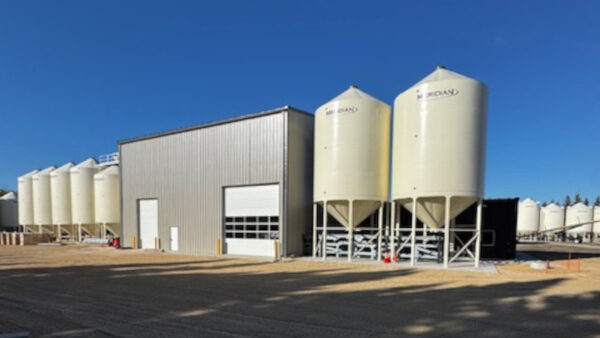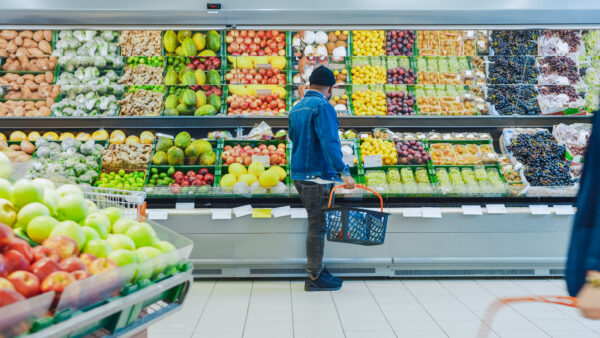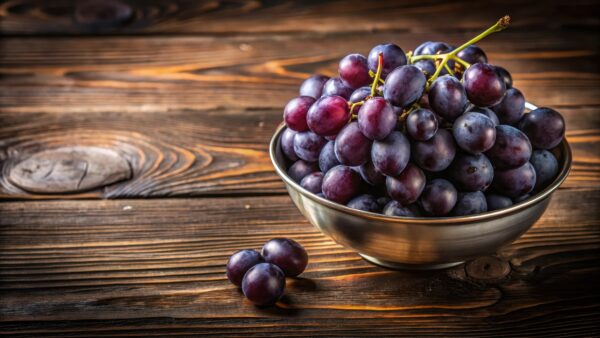The European approach to agricultural regulation is often seen as a model of success, notes Bill Wirtz, senior policy analyst for the Consumer Choice Center based in Washington, D.C.
“But I’m here to tell you—it’s not the case.”
Wirtz, who hails from Luxembourg, opened today’s CropConnect conference in Winnipeg, Man., and doesn’t mince words when it comes to the European Union’s agricultural policies. He believes they’re not only problematic for Europe but could pose a threat to Canada in terms of trade, perception, and policy influence.
“There’s this idea that Europe has things figured out, and if only you replicated their model, you’d achieve greatness,” he says. “That’s simply not true.”
Understanding the EU: A Labyrinth of Complexity
“Who here thinks they understand how the European Union works?” Wirtz asks, smirking. “Nobody does—not even the people who work in it.”
Wirtz highlights the EU’s tangled structure, which includes the European Commission, the European Parliament, the Council of the European Union, the European Council, and the Council of Europe—all distinct entities with overlapping roles. “It’s so complicated that even protesters aren’t sure which building they’re supposed to picket.”
This complexity, he argues, isn’t just historical—it’s deliberate. “Policies are designed to obfuscate responsibility. When something goes wrong, it’s always someone else’s fault.”
A Snapshot of European Agriculture
The European model of farming is vastly different from Canada’s, he notes. “Farms in Europe are tiny—what many of you would consider a backyard,” Wirtz explains. Family farms account for 65–70% of agricultural land, and most European farmers rely entirely on farming as their sole profession.
Organic production is significantly higher in Europe, driven partly by demand and partly by subsidies
“The EU imports a lot of organic food, especially from Turkey. A few years ago, we discovered that about half of those imports weren’t actually organic,” he says.
And then there’s the subsidies. “If Canada adopted the EU model, the average Canadian farm would receive $600,000 annually in subsidies,” Wurtz notes. “But with subsidies come strings attached, and that’s where the problems start.”
The Poison Pill of Subsidies
According to Wirtz, subsidies are highly problematic. “They start as emergency funds, but over time, they come with increasing regulations that drive up costs and make you dependent on even more subsidies.”
This cycle of dependency has created a situation where some European farmers derive up to 70% of their income from subsidies. “I know one farmer who says he’s essentially a government employee at this point,” Wirtz shares.
The Farm-to-Fork Strategy: A Recipe for Trouble
In 2020, amidst the COVID-19 pandemic, the EU launched its Farm-to-Fork Strategy, aiming to overhaul European agriculture. The plan includes ambitious targets: a 50% reduction in synthetic pesticide use, a 20% cut in fertilizer use, and an increase in organic production from 10% to 25%, all by 2030.
“These numbers weren’t based on any scientific analysis,” Wirtz says. “They just thought, ‘50% looks good on a pamphlet.’”
The strategy also mandates equal responsibility across member states, ignoring differences in soil fertility and agricultural needs. For instance, the Netherlands faces the difficult choice of either halting air traffic, stopping construction, or eliminating a third of its livestock farms.
“The Dutch government chose the latter,” Wirtz says, referring to the protests that erupted in response.
A System at Odds with Reality
Perhaps the most puzzling aspect of EU policy is its push for organic production.
“What happens if consumers don’t buy 25% organic food?” Wirtz asks. “The answer: emergency funds. Farmers will produce food no one wants to buy and rely on subsidies to cover the losses.”
Wirtz also points to the EU’s set-aside policy, which pays landowners not to farm. “Some of the biggest recipients of EU farm subsidies are the King of England and Frankfurt Airport,” he says. “It’s a colossal waste of money.”
So, what does all this mean for Canada? Wirtz warns against adopting a similar model.
“The EU’s approach stifles innovation, increases costs, and creates a dependency on government handouts. Canada’s agricultural sector thrives on efficiency and adaptability—qualities you can’t afford to lose.”
As Canada navigates its agricultural policies, Wirtz’s message is clear: don’t be seduced by the European model.
“It might look good on paper, but the reality is far from ideal.”











